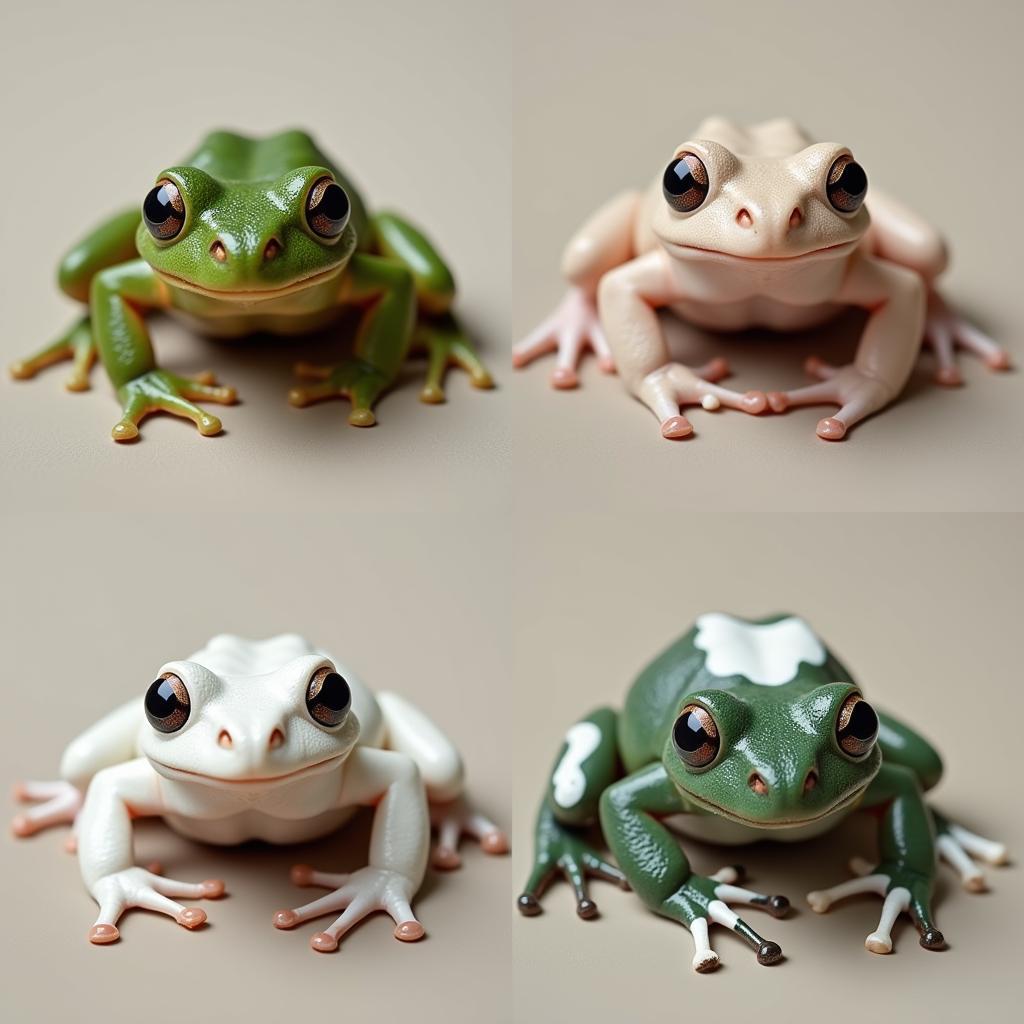African Harissa: A Flavorful Journey Through North Africa
African Harissa is a fiery, flavorful condiment that has been a staple in North African cuisine for centuries. It’s a versatile paste that can be used to add depth and spice to a wide variety of dishes, from stews and tagines to couscous and grilled meats. In this article, we’ll explore the history, ingredients, and culinary uses of this iconic North African spice blend.
A History of Spice: The Origins of African Harissa
Harissa originates from Tunisia, where it has been enjoyed for centuries. Its history is closely intertwined with the spice trade, with early versions likely incorporating ingredients brought to the region by Arab traders. The word “harissa” itself is believed to have come from the Arabic word “ḥarrīṣah,” meaning “hot” or “fiery.”
The Key Ingredients of Harissa
The exact composition of harissa can vary from region to region, but the core ingredients are generally the same. These include:
- Chilli peppers: The foundation of harissa’s heat, with different chillies contributing varying levels of spice and flavor.
- Garlic: Adds a pungent, savory note that balances the heat.
- Cumin: Offers an earthy, slightly bitter flavor.
- Coriander: Contributes a citrusy, aromatic note.
- Caraway seeds: Add a warm, slightly sweet flavor.
- Olive oil: Provides richness and moisture.
- Salt: Enhances the flavors of the other ingredients.
- Other spices: Depending on the recipe, other spices such as paprika, turmeric, or saffron may be added for added complexity.
The Culinary Uses of Harissa
Harissa is incredibly versatile and can be used to add flavor and heat to a wide range of dishes. Here are just a few examples:
- Stews and tagines: Harissa is a classic addition to North African stews and tagines, adding depth of flavor and a kick of heat.
- Couscous: A sprinkle of harissa can add a burst of flavor to couscous, transforming it from a simple side dish into a vibrant, spicy accompaniment.
- Grilled meats: Harissa is often used as a marinade for grilled chicken, lamb, and fish, imparting a beautiful smoky flavor.
- Salads and dips: A dollop of harissa can add a surprising touch to salads and dips, giving them a spicy kick.
- Sandwiches and wraps: Harissa can be used to create a delicious and spicy filling for sandwiches and wraps, especially with grilled meats and vegetables.
“Harissa is more than just a spice. It’s a key element of North African culture and identity,” says Chef Nadia El-Khaled, a celebrated Tunisian chef. “It’s a taste of home, a reminder of family and tradition.”
Homemade Harissa: A Flavorful Experiment
If you’re looking to experience the full flavor of harissa, you can easily make it at home. Here’s a basic recipe:
Ingredients:
- 1 cup dried chilli peppers
- 1 cup chopped garlic
- 1/2 cup ground cumin
- 1/4 cup ground coriander
- 1 tablespoon caraway seeds
- 1/2 cup olive oil
- Salt to taste
Instructions:
- Soak the dried chilli peppers in hot water for 30 minutes, then drain and remove the seeds.
- In a food processor, combine the chilli peppers, garlic, cumin, coriander, caraway seeds, olive oil, and salt.
- Pulse until a smooth paste forms.
- Store in an airtight container in the refrigerator for up to 2 weeks.
Exploring the Diversity of Harissa
While Tunisian harissa is the most famous variety, there are many regional variations across North Africa. For example, Moroccan harissa often includes preserved lemon and ginger, while Algerian harissa may feature paprika or smoked chilli peppers.
“Harissa is a testament to the creativity and diversity of North African cuisine,” says Food Historian Dr. Sarah Jones. “It’s a reminder that there’s no one right way to make it, and that every region has its own unique take on this delicious spice.”
FAQs about African Harissa
Q: What is the best way to store harissa?
A: Harissa should be stored in an airtight container in the refrigerator for up to 2 weeks. You can also freeze it for up to 6 months.
Q: Can I make harissa without chilli peppers?
A: While chilli peppers are the foundation of harissa, you can adjust the level of heat to your liking. You can use milder chilli peppers, or even omit them altogether if you prefer a milder flavor.
Q: How much harissa should I use?
A: The amount of harissa you use will depend on your personal preference for heat. Start with a small amount and add more to taste.
Q: What are some other dishes I can make with harissa?
A: Harissa is incredibly versatile and can be used in a wide range of dishes. Try using it in soups, stews, dips, sauces, marinades, and more.
A Culinary Journey Awaits
African harissa is a testament to the rich culinary heritage of North Africa. It’s a spice that’s both bold and complex, offering a flavor profile that is sure to excite your taste buds. From its humble origins in Tunisia to its widespread popularity around the world, harissa continues to be a beloved ingredient for home cooks and professional chefs alike. So why not embark on a culinary adventure and explore the world of African harissa for yourself?
